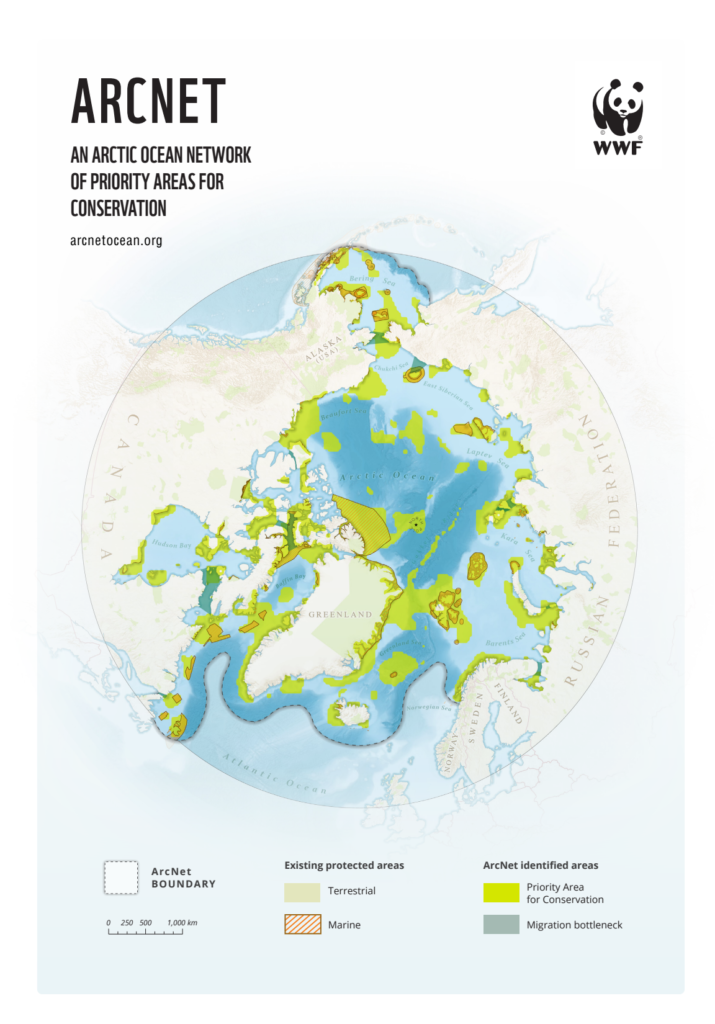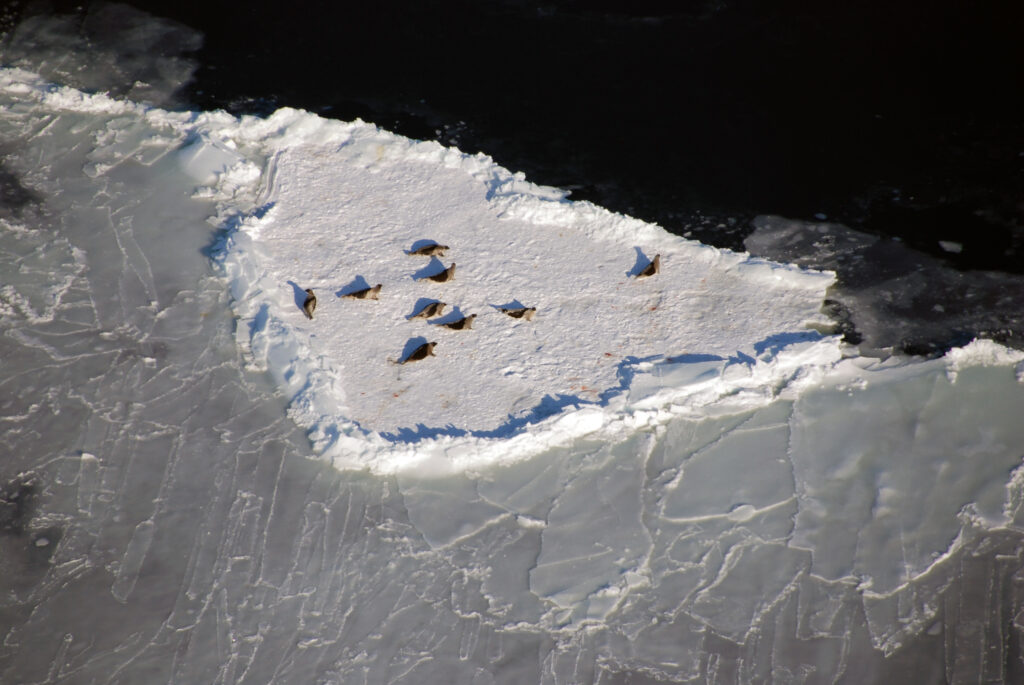Boris Solovyev, a 2021 Ocean Leader, has played a pivotal role as a co-author in a groundbreaking scientific paper detailing the implementation of ArcNet—a transformative framework for large-scale marine conservation in the Arctic. Recently published in Ocean Sustainability, a prestigious journal within the Nature Portfolio, this paper provides a timely blueprint and crucial opportunity for governments worldwide. It serves as a clarion call for action, empowering decision-makers to fulfill their commitment to the UN’s Global Biodiversity Framework by safeguarding and preserving 30 percent of the ocean by 2030.
This post was originally written for the Systematic Conservation blog by Boris. Title image: Arctic Ocean, July 2023 (c) Boris Solovyev
Thursday 25th April is an important milestone for ArcNet as we continue our pursuit of the ambitious conservation target of safeguarding 30% of the Arctic seas by 2030. I am happy to announce the publication of our paper, which showcasing the world’s first ocean-scale conservation network and outlines the pathway for its implementation.
Our work on this project began in 2017 under the leadership of the WWF Global Arctic Programme with the aim to identify a network of priority areas for conservation in the Arctic Ocean and to provide practical guidance on how to make sure these areas are protected. Back then, the Arctic landscape, both environmental and geopolitical, was notably different – cooler, less militarised, and less exploited. We worked with a sense of optimism believing that together we can overcome all the obstacles and reach the goal.
As a team of 34 authors representing 30 different organisations from the five Arctic coastal states, and with even more numerous supporters, we have navigated not only through obvious difficulties associated with the scale of the task, but also through the seismic shifts the Arctic landscape experiences during the recent years.
As I reflect on the changes that have swept through the Arctic and the world, I recognise the heightened urgency of our mission. The Arctic, once characterised by its pristine wilderness, now grapples with rising temperatures, heightened activity, and geopolitical tensions. Arctic is now a place where trust is undermined, and which is increasingly seen as a battleground for competing interests. The region is changing with dramatic pace and its inhabitants, and their wellbeing are at risk of being neglected.
In the world we are in now it is even more important to protect the ecosystems which serve as the very basis for our well-being as a species and therefore I believe this paper is increasingly relevant.

When ecosystems crucial to our survival are under threat, protecting the Arctic assumes paramount importance. The region stands is teetering on the brink of irreversible change. However, there is still hope—a fleeting opportunity to safeguard its future.
Our paper delivers a timely message: whole-Arctic scale conservation is achievable, and the tools for its implementation are within reach. Moreover, there exists a community of practice ready to embrace this approach. The science is clear, and the time for action is now.
Collaboration, at every stage and scale, is imperative, and our paper serves as a guide – both in theory and in practice.
Whether you’re a member of a coastal community, a scientist, a concerned citizen, a business leader, an investor, a policymaker, a student, or an artist, there’s a vital role for you to play in shaping the future of the Arctic. Join us in this pivotal moment, as we strive to protect one of our planet’s most precious ecosystems.



